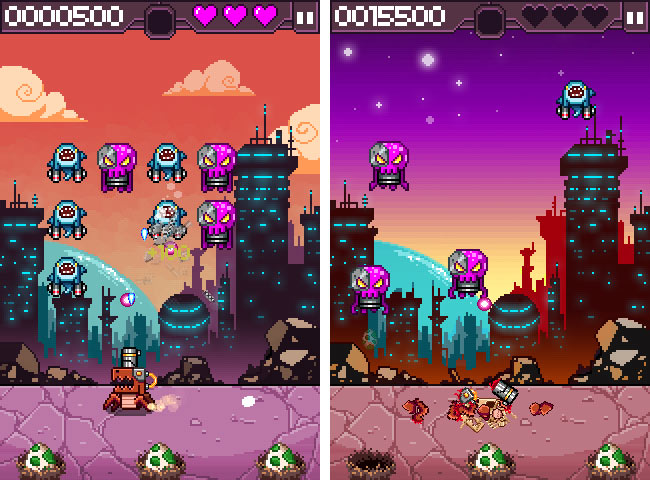Just let your video player scale down your movie - going fullscreen in mplayer or vlc should do that. There is really no point in playing HD movies on such a small screen - you really won't see the difference. Now if the Pandora 2 would have HDMI output, then it would make sense if it can do that at HD resolutions - but it would still make no sense to put that many pixels in its own screen (provided that such insane pixel densities would be available).
Contrast, brightness, refresh rate: those are currently more important than adding more pixels. I could even live with a 16-bit color screen (instead of the 24-bit the current Pandora has, although it is rarely used at the moment) if that would help to bring down the price and/or have less ghosting and more contrast/brightness. Also auto-brightness (adjusting to ambient light conditions) could be useful (although I would still want to be able to override it).
There's another advantage to sticking to 800x480 (regardless of the size of the screen): provided it is backwards compatible (which is very likely in terms of the CPU, and should be doable in terms of software libraries since the P2 will probably have enough NAND space (or microSD or whatever) to store whatever compatibility libraries are needed), all the Pandora 1 PND's should work nicely on the Pandora 2, and many of them are of course optimized for that resolution.
When I'm playing Final Fantasy on PSX ReArmed, there simply are no more than 320x240 pixels. You can upscale that to any resolution you want, and it isn't going to look better (it will actually be slightly worse if your native resolution isn't a nice multiple of 240, like Exophase already mentioned). For movies, you're really not going to see the difference either. So the only reason for having a higher resolution screen would be the general desktop use, but in my opinion there's not a lot of extra pixels you can squeeze in in a useful way. Sure, it would help when using ported software that assumes everyone has a 1024x768 or bigger screen, so you don't have to drag oversized windows around anymore. But everything will be so tiny, it might be worse than the current situation.
Actually: wouldn't it be possible to make X show a scaled down 1000x600 or perhaps 1600x960 desktop? And have some mechanism to switch between scaled down full view and zoomed in partial view at native resolution, showing a 800x480 subrectangle of your virtual 1600x960 screen (I remember you could configure X to do virtual screens where the zoom follows your mouse; I don't know if it can do the automatic downscaling). Then perhaps one nub could be used as a mouse and one nub could be used to navigate the virtual screen (and use action buttons or shoulder buttons as mouse buttons). This would be a better solution to the "oversized windows" problem than the current shift-drag move around method. But of course the best solution is to make proper ports of software to take the small screen size into account.


